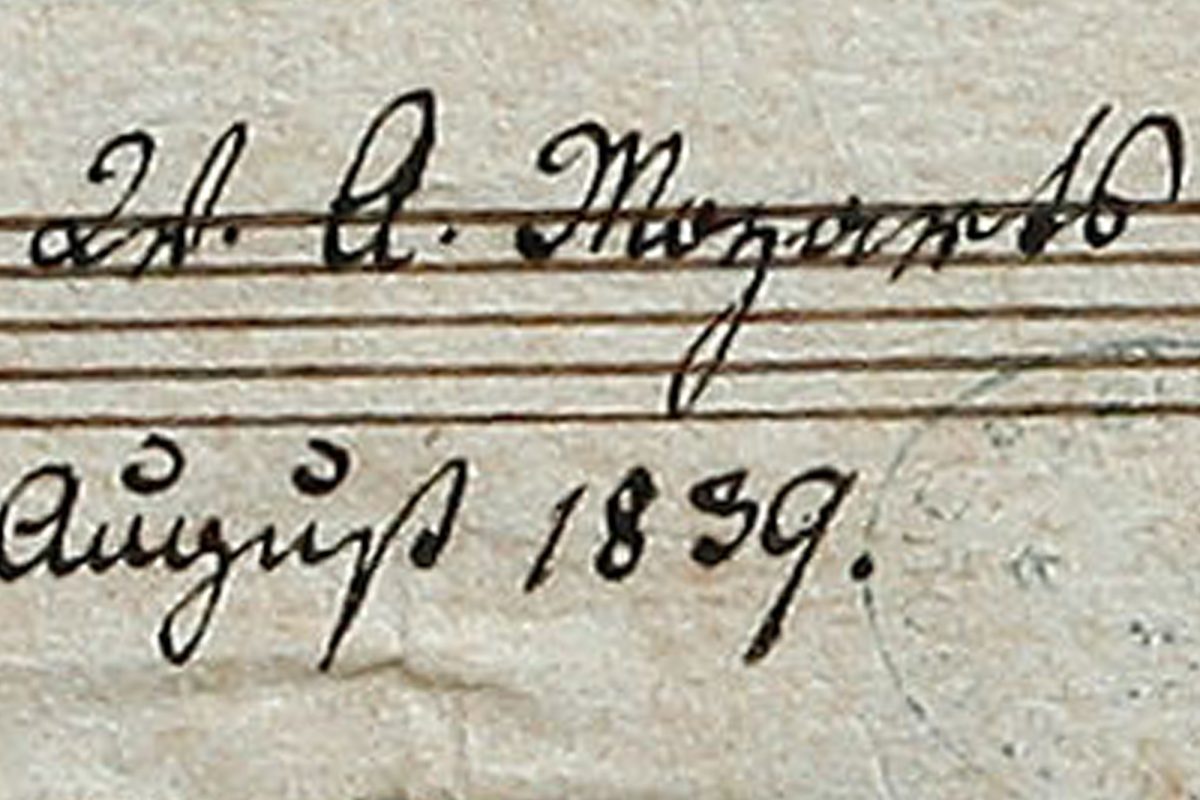Wolfgang Amadeus Mozart, the world-renowned classical period composer, made a comeback this year when a new piece was discovered in a German library this September.
The recovered work, “Ganz Kleine Nachtmusik” (previously called “Serenade in C”), is an intriguing look into classical era music and provides fascinating insight into a young Mozart’s talent.
Smithsonian Magazine said the piece was found in the Leipzig Municipal Libraries stuck between two of Mozart’s pieces held in the library for research. The library’s employees quickly realized the piece was unfamiliar.
According to Smithsonian Magazine, the seven-movement piece written for a trio of two violins and one cello was composed by Mozart when he was an estimated 10-13 years old.
The first movement, “Marche,” is an upbeat, two-minute piece that centers around a fairly paced, slurred violin melody.
In most classical works, the first movement is composed intentionally to immediately draw in an audience. This first movement executes this successfully. It establishes a steady tempo and delicate violin melody that repeats throughout the piece.
The second movement called “Allegro” introduces a faster-paced cello and violin melody, skillfully transforming the music into an elegant and more classical-sounding work with its short yet purposefully placed bowings and energetic melody.
“Menuet,” the third movement, mirrors the first movement with a slower melody and harmony. A graceful violin melody is performed in swells as the loud and quiet dynamics of the smaller instruments compliment the consistent note sequence of the cello.
This movement is easily a favorite due to its airy tone and the ways in which its melodies and harmonies seem to ebb and flow between the instruments of the trio.
Mozart’s fourth movement follows the pacing pattern of the previous movements, meeting its former with short yet passionate bow strokes and a louder sound in contrast to the graceful tunes of the third movement.
The fifth movement’s melody has a very similar feel and sound as the third movement. It swells and contrasts between long and drawn bow strokes and quieter counterparts with little to no movement.
Unlike the third movement, the fifth’s note sequence nearly masks the cello’s harmonies, putting the spotlight on the violin’s brilliant deliverance of a rich melody.
As Mozart’s piece closes out with a fast-paced, bouncy melody featuring energetic 16th notes, the timelessness of Mozart’s music shines through in the last two movements.
According to Smithsonian Magazine, the period in which this piece was composed signifies that it was likely created for a party outside, like a wedding or soiree in the garden. This essence is perfectly captured in each note.
Clearly transcribed on the page, the first movement is meant to draw in the listeners and partygoers as a strategy to speak through the music’s composition. The finale of “Ganz Kleine Nachtmusik” is big and extravagant, leaving the listener with a feeling of satisfaction.
It is remarkable to see such a purposeful and neat musical piece composed by Mozart at such a young age, even if it is not one of his most notable works.
The piece itself is a gorgeous combination of the delicacy of classical era music and Mozart’s genius writing. It would not be surprising if this “newly dropped single” gains popularity among musicians and orchestra teachers alike.


